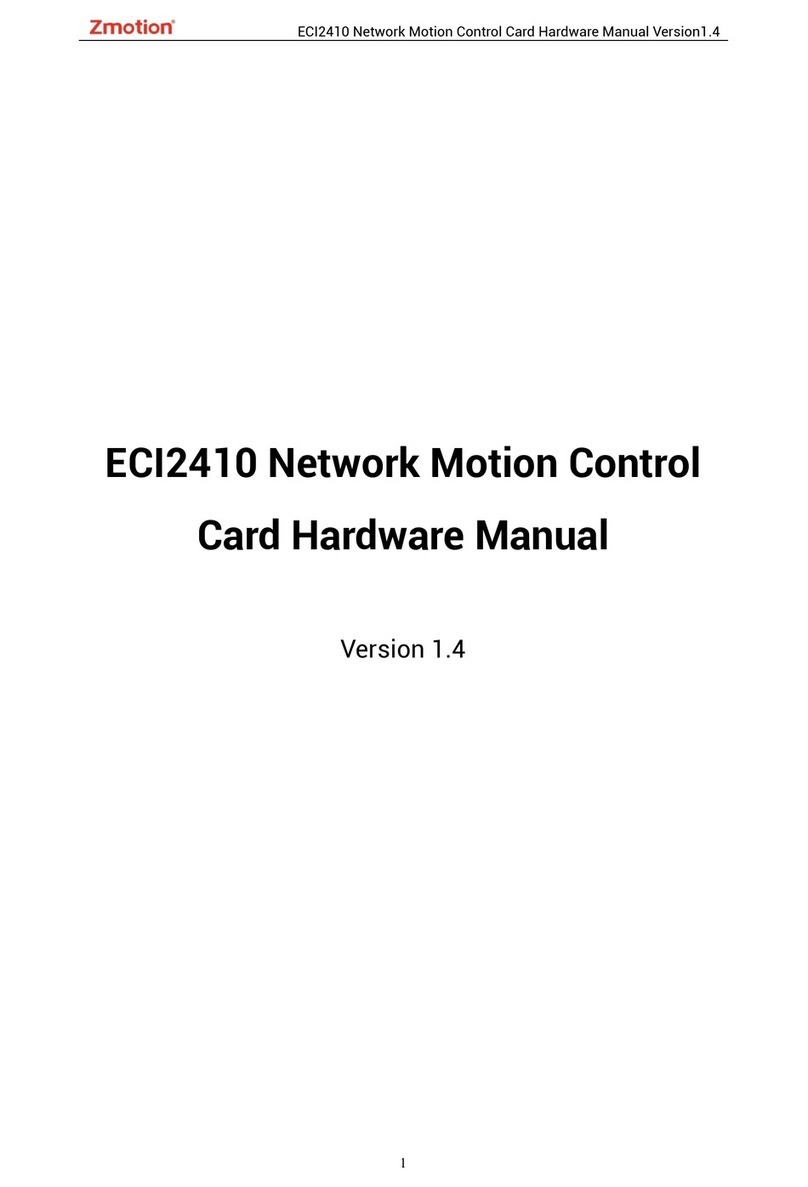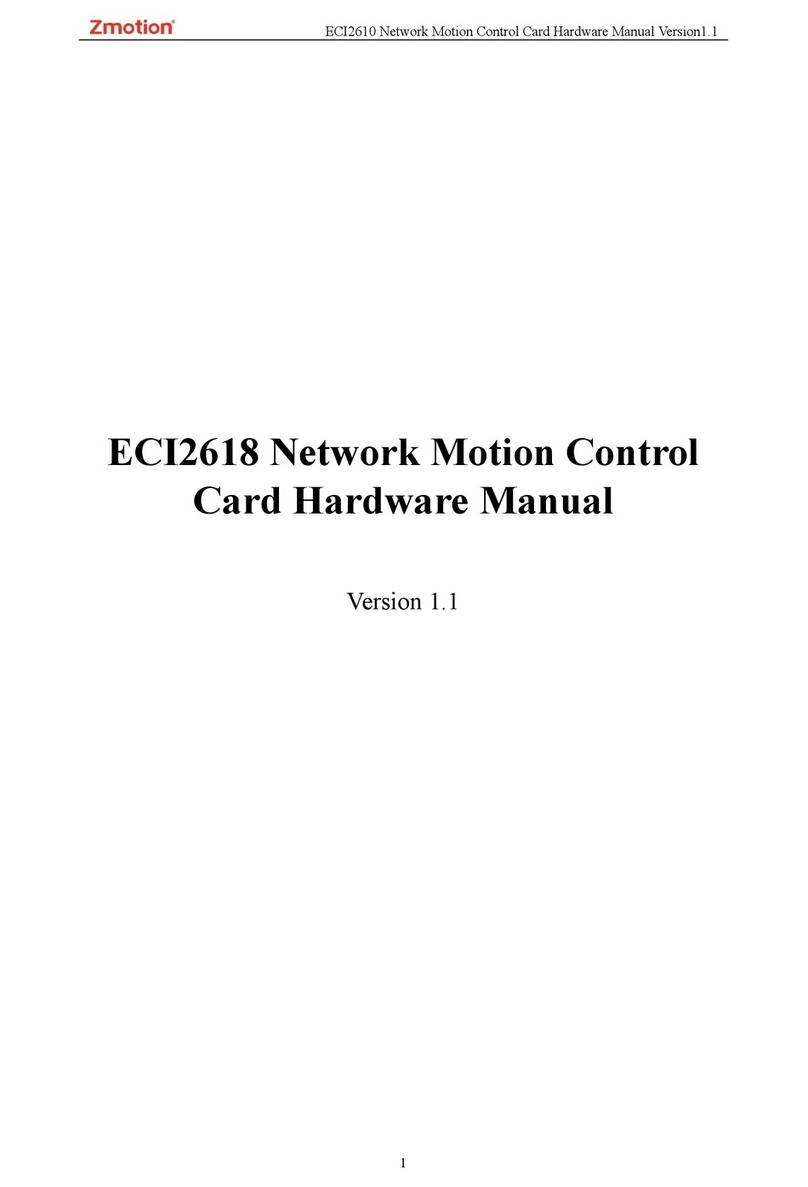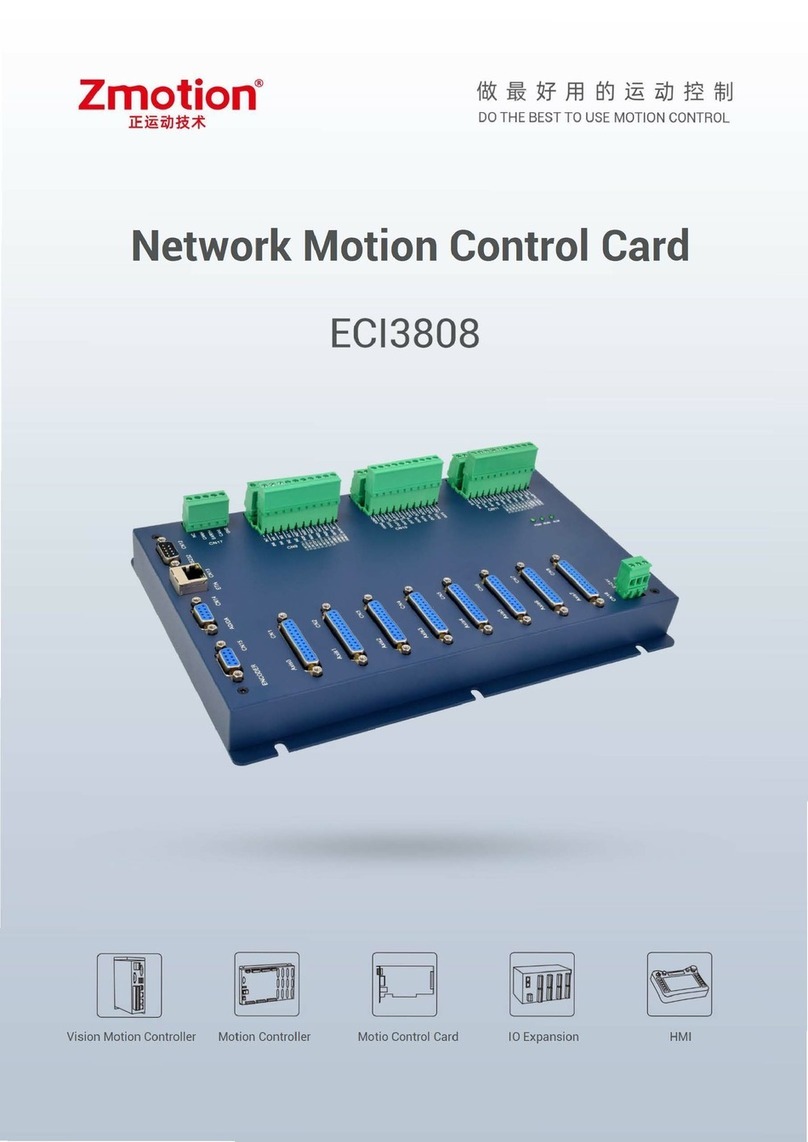ECI0032 Network IO Control Card User Manual V1.5
Content
Chapter I Production Information........................................................................................3
1.1. Product Information ..........................................................................................3
1.2. Function Features..............................................................................................3
1.3. System Frame ...................................................................................................4
1.4. Hardware Installment........................................................................................4
Chapter II Product Specification .........................................................................................6
2.1. Basic Specification............................................................................................6
2.2. Order Information..............................................................................................6
2.3. Interface Definition............................................................................................7
2.4. Work Environment .............................................................................................8
Chapter III Wiring, Communication Configuration ..............................................................9
3.1. Power Input, CAN Communication Interface ....................................................9
3.1.1. Power Supply Specification .................................................................10
3.1.2. CAN Communication Specification & Wiring .......................................10
3.1.2. Basic Usage Method ............................................................................12
3.2. IN: Digital Input................................................................................................14
3.2.1. Digital Input Specification & Wiring .....................................................14
3.2.2. Basic Usage Method ............................................................................15
3.3. OUT: Digital Output..........................................................................................17
3.3.1. Digital Output Specification & Wiring...................................................17
3.3.2. Basic Usage Method ............................................................................19
3.4. RS232 Serial Port ............................................................................................19
3.4.1. RS232 Interface Specification & Wiring ...............................................20
3.4.2. Basic Usage Method ............................................................................21
3.5. ETHERNET .......................................................................................................22
Chapter IV Expansion Module ...........................................................................................25































